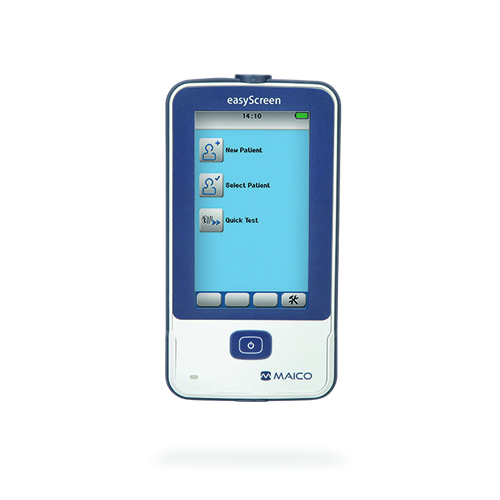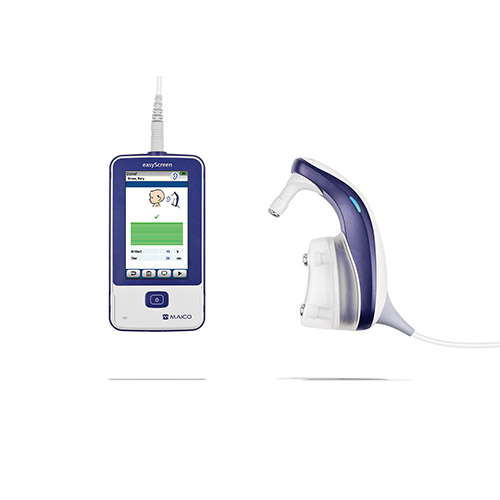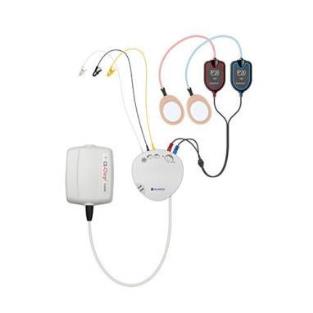
What Is an ABR Test?
An ABR (Auditory Brainstem Response) test measures the neural activity of a large portion of the auditory nerve pathway. ABR recording can be applied for diagnostic or screening hearing tests to identify hearing problems which can be related to inner ear or subcortical auditory structures. An ABR hearing test analyzes the neural activity from the auditory nerve to the lower brainstem. Electrodes pick up the electrical activity from surface of the skin, including the activity of the brain, muscle activities (myogenic noise) and electromagnetic interferences. The ABR device analyzes these activities by looking for specific patterns, which indicate a normal transduction of sounds into electrical activity and its processing by the auditory brainstem. Various lesions on the auditory pathway change the ability of the cochlea to convert sound waves into neural stimuli and allow these electrical impulses to travel to the brain.
How Is an ABR Test Performed?
To perform an ABR test, electrodes are placed on the surface of the skin at the patient’s head. Good signal quality is achieved by preparation of the skin, improving the conductivity. An electrical potential with very low amplitudes is amplified and recorded, while the ABR system delivers acoustical stimuli to the ears. No response from the patient is needed, but for accurate results the patient should be relaxed. The ABR device analyzes the electrical activity and displays the results on its screen. MAICO’s ABR screening devices provide a PASS or REFER result based on powerful statistical test methods and support the user performing this sensitive test.
When Is an ABR Test Necessary?
For newborn hearing screening, an ABR test is usually performed as a follow-up test of an OAE (Otoacoustic Emissions) test. While an OAE test can only confirm hearing function up to the cochlea, the ABR is a more advanced hearing test to evaluate the processing of an acoustic stimulus by the auditory brainstem. ABR tests can be performed with persons of all ages but are very often used in newborn hearing screening, as they do not require an active response from the patient and can objectively locate postcochlear lesions affecting the hearing.
To find out why we care so much about Newborn Hearing Screening, watch our video:







